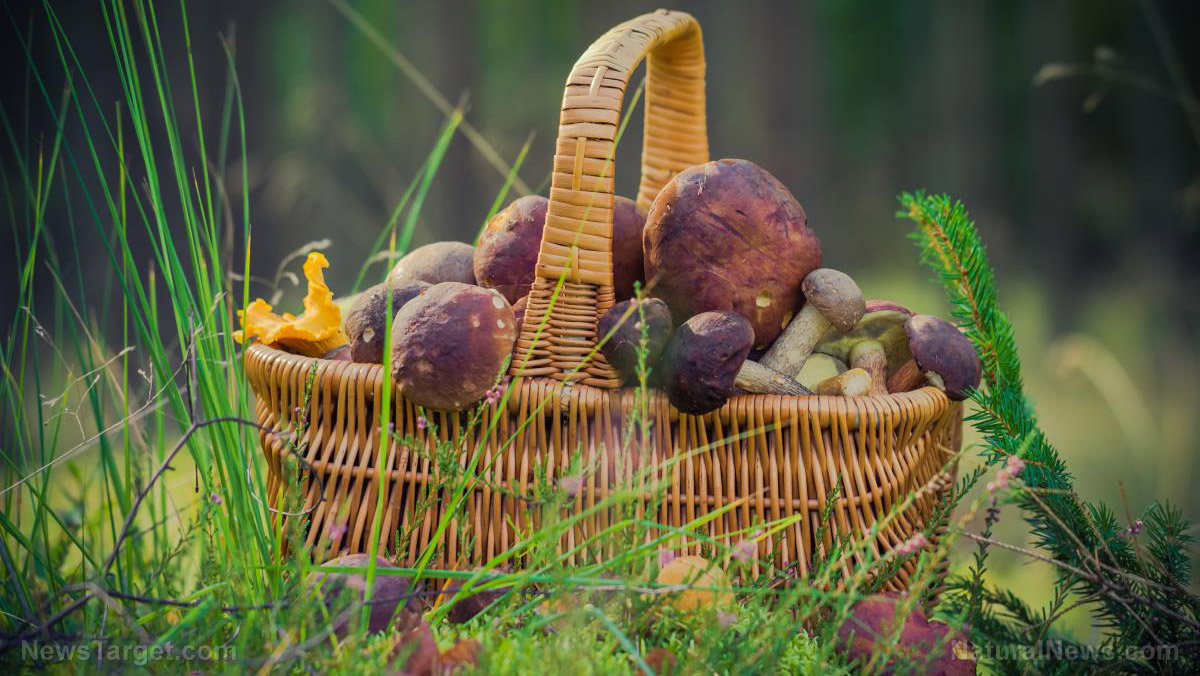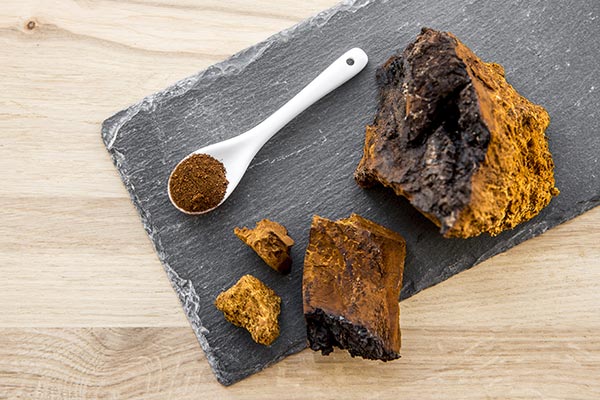
When people think of gardens, they often have an image of fruits and vegetables growing in a backyard. For many, the thought of planting and cultivating grains is daunting, leaving them to purchase them at their local supermarkets.
Grains are a staple in many countries and are fantastic sources of nutrients – including carbohydrates, vitamins, minerals and dietary fiber. Buying grains will always be an option, but you wouldn’t know what kind of chemicals and pesticides were used while they were grown. Cultivating your own grain can alleviate this problem: You are the one in control of their growth, making you the most reliable source for fresh and organic grains.
People often picture large farms with fields upon fields of tall and flowering grains when they think of grains like oats, millets, barley and wheat. What they don’t know is that you don’t need that much land to grow your own grains. Even land as small as 1,000 square feet can give you a whole bushel of wheat, which equates to around 60 pounds of grain. This amount of grain can net you enough to bake a whopping 90 loaves of bread.
You don’t need the latest tech and gear to harvest your grains. All you need are a pair of pruning shears or hedge trimmers to harvest grains, a beating stick for threshing them, a small household fan for winnowing and a quality blender for milling.
Selection of grain varieties
Before anything, you’ll need to consider what kind of grains grow best in your climate and general area. Some grains are also best grown during certain seasons.
- Rice. To grow rice, you should keep the soil constantly moist. It has a tough hull, which may make it difficult to process.
- Rye. Rye has the same growing requirements as the winter variety of wheat but is a lot more cold-tolerant. It grows well even in poor soil.
- Wheat. Depending on the time of the year, you can choose to grow either the spring or winter wheat varieties. If you plant the winter wheat variety during the fall season, you can harvest it by springtime. You can then plant the spring wheat variety at the beginning of the growing season and harvest it late into summer.
- Millet. Millet can be planted during spring or summer. It is another grain that grows well in poor soil, and it can reach maturity within 30 days.
How to grow your own grains
- Find a sunny location to grow your grains.
- Till your seedbed to a depth of at least six inches.
- If your soil is poor, spread some compost over the area and till it in.
- If you have a seed spreader, you can use it to sow your seeds. If not, you can distribute them manually.
- Use a hard metal rake to rake the seedbed and mix the seeds with a layer of soil.
- Spread two to four inches of straw over the soil. This can help conserve soil moisture and dissuade hungry birds from eating your seeds.
- Use a sprinkler to soak the area and keep your seedbed moist. This will encourage germination. If you are planting grains during spring, they should have around an inch of water per week. If you are planting during the fall season, the cold weather may preclude the need for additional irrigation. A good indicator of when you need to water your seedbed is a dry top inch of soil.
- Remove any weeds as soon as they sprout.
- Once the grain stalks turn from green to brown, you can begin harvesting them.
Grow your own grain to save yourself the trouble of going to the supermarket to get your daily fix.
Sources:




























